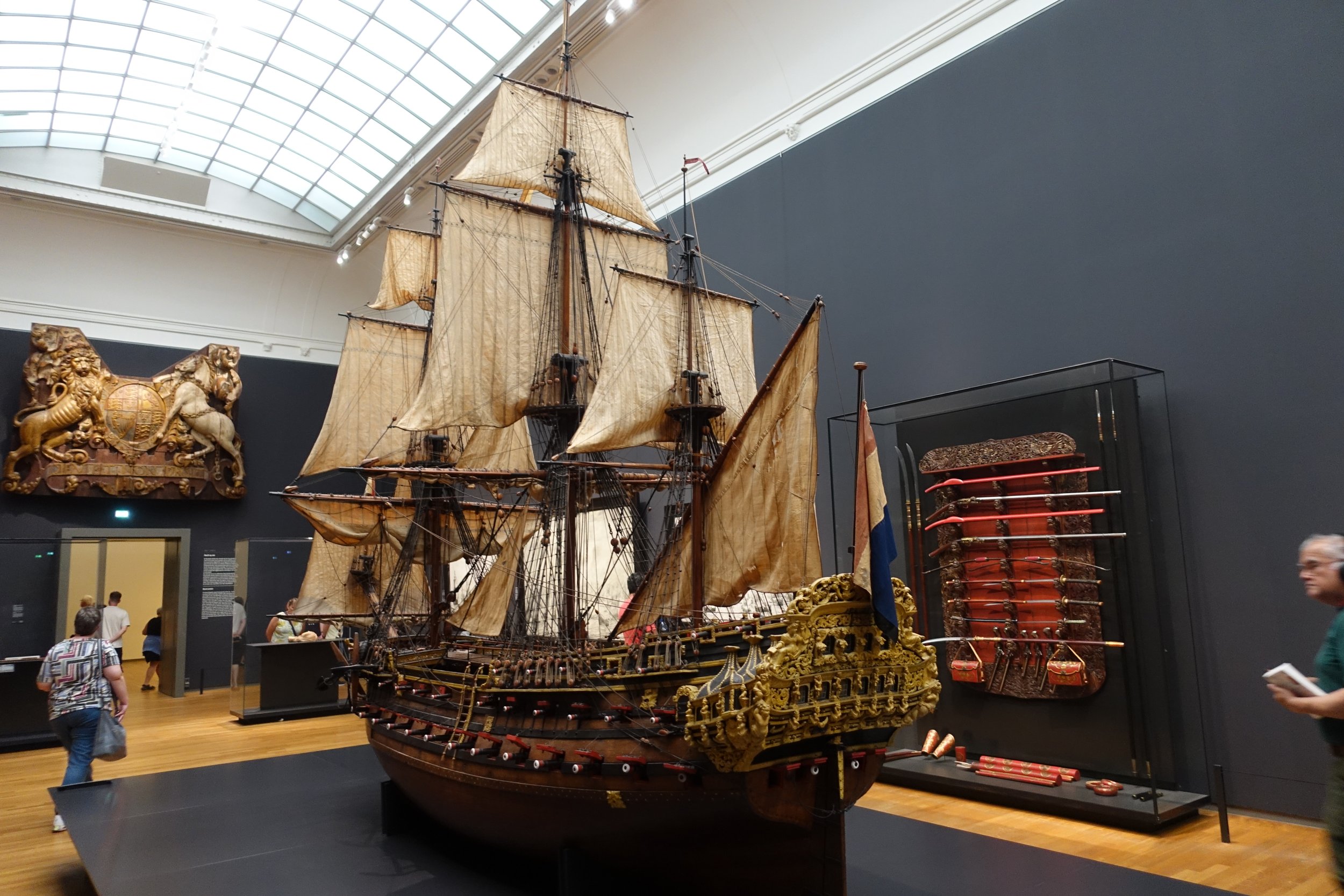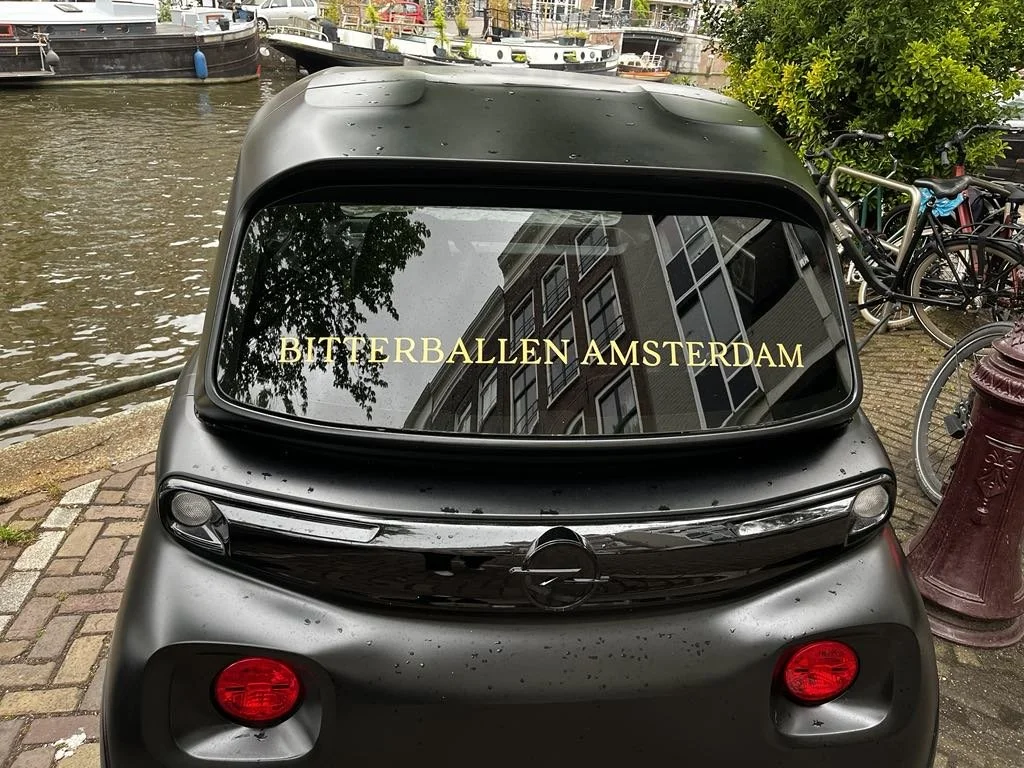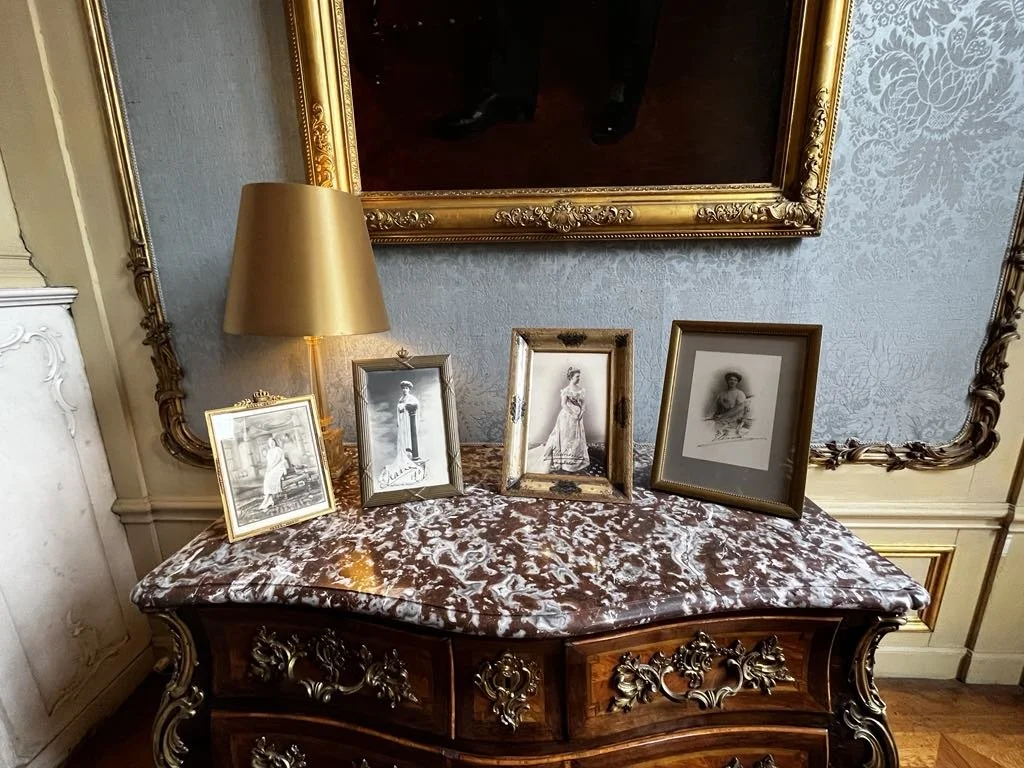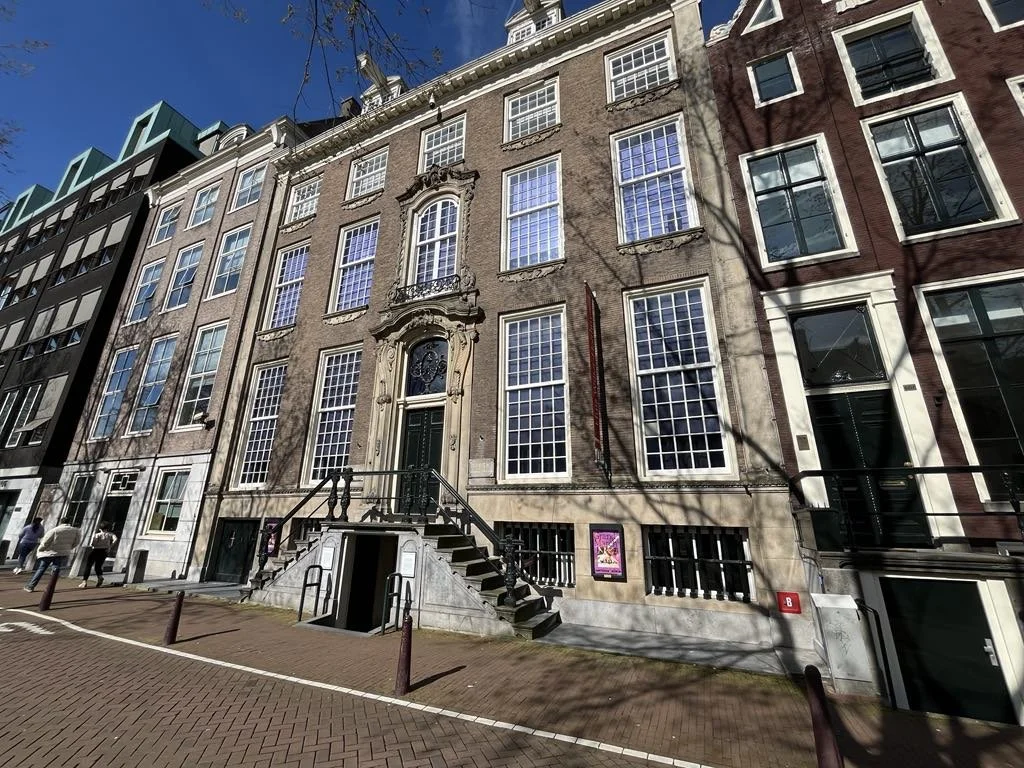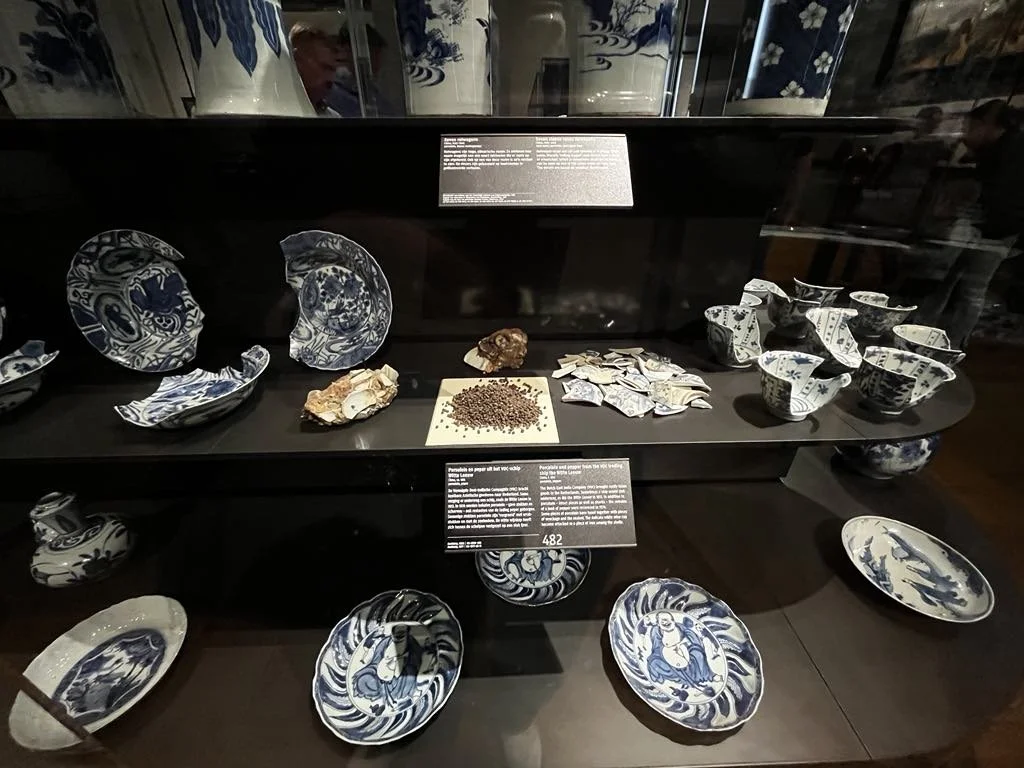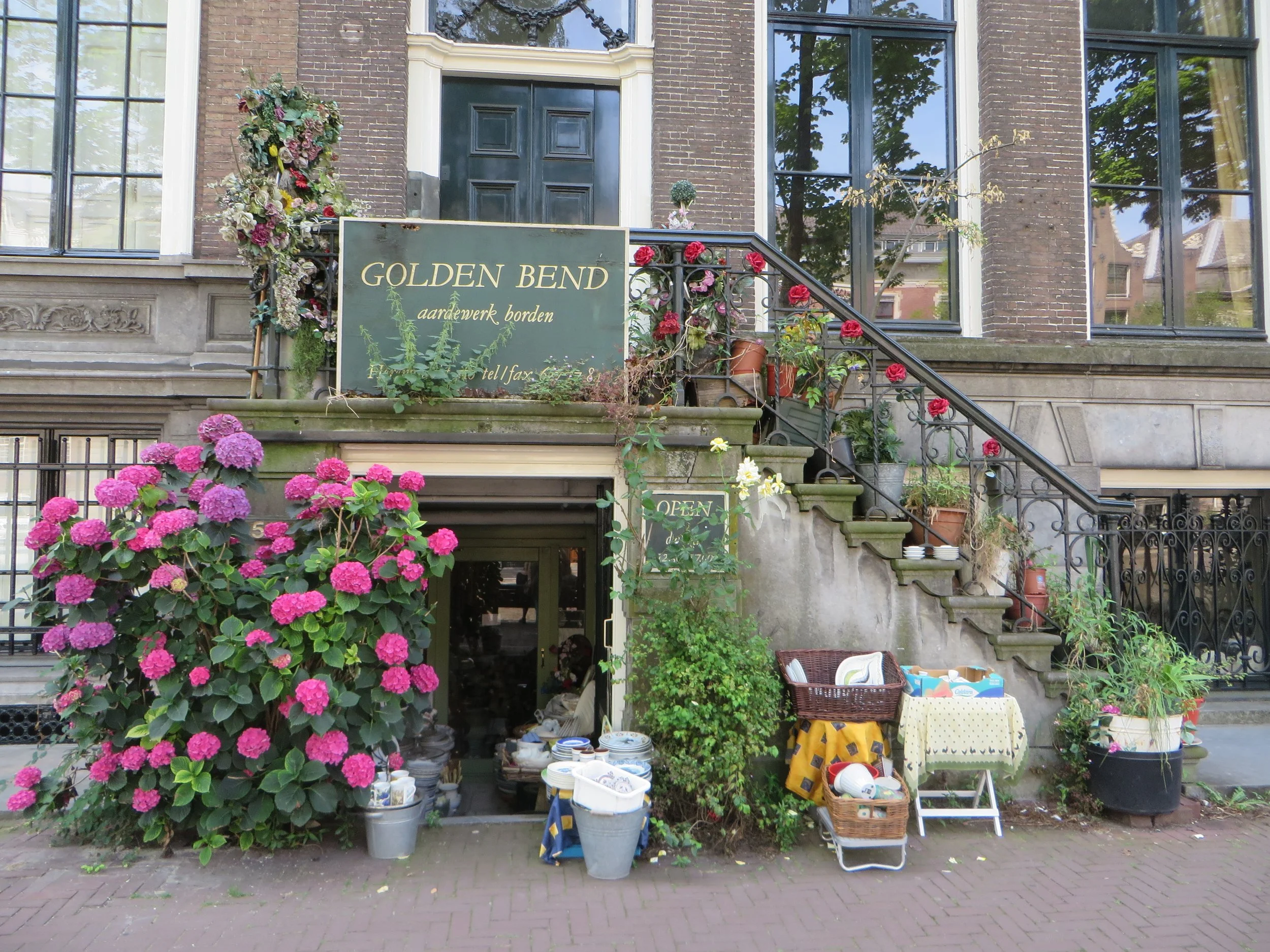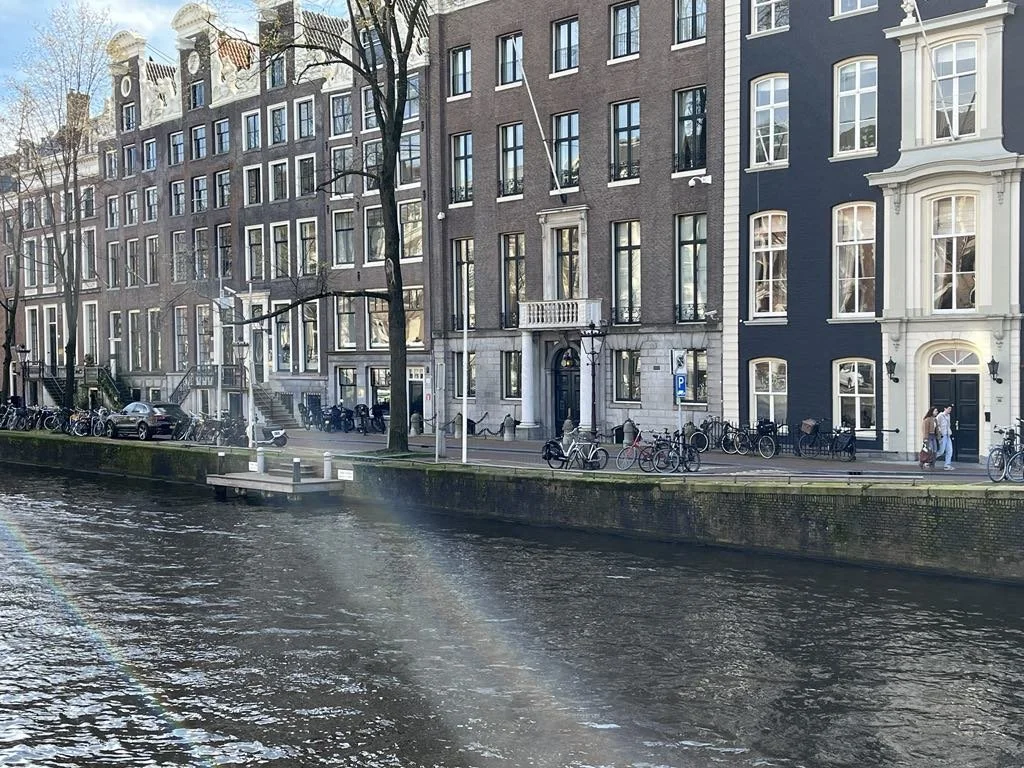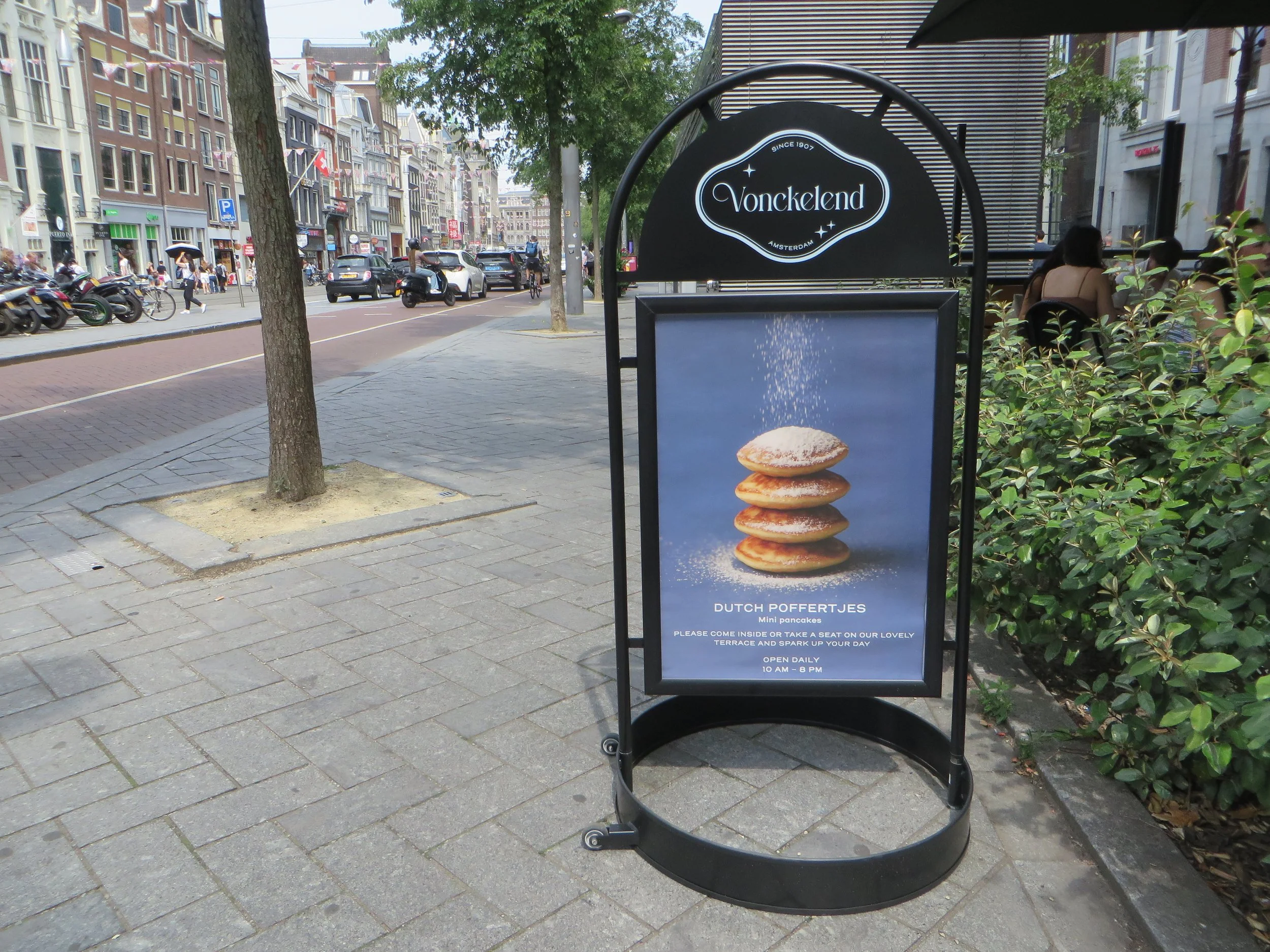
How golden was the Dutch 17th century?
After the fall of Antwerp (1576), one of the most important trading cities of the 16th century, Amsterdam entered its most glorious period, known nowadays as The Dutch Golden Age. In a short time, the small city gained enormous economic power as one of the main hubs for international trade in goods such as grain, spices, cocoa, timber, salt, and more. The population grew spectacularly, as Amsterdam became attractive to immigrant merchants with international networks. Culturally, 17th-century Amsterdam was an important platform for a lively exchange of ideas and information, which boosted the book market and the development of cartography. But how Golden was indeed the Dutch 17th century?
Let’s travel together in time during the most famous Dutch century, that had an impact not only on the young Republic and what came next, but on the whole world.
We start in the Rijksmuseum. The 17th century was one of the most prolific periods for art in the Low Lands. But why such an explosion? And how did the painters find their place on the market? Many names are still surfacing, women especially. During the tour, you will encounter not only works signed by Rembrandt and Vermeer, but also by Ferdinand Bol, Bartholomeus van der Helst, Jan van Goyen, and many others. We continue with a walking tour on the main canals of the (in)famous Amsterdam. After a short break for a Dutch snack, we will end the tour with a visit to a former mansion on one of the canals.
-
Walking tour, not suitable for wheelchairs.
-
What should we know about the services you provide? Better descriptions result in more sales.
-
The tour can be shorter or longer or you may want to include a lunch. get in touch to customize your tour.

